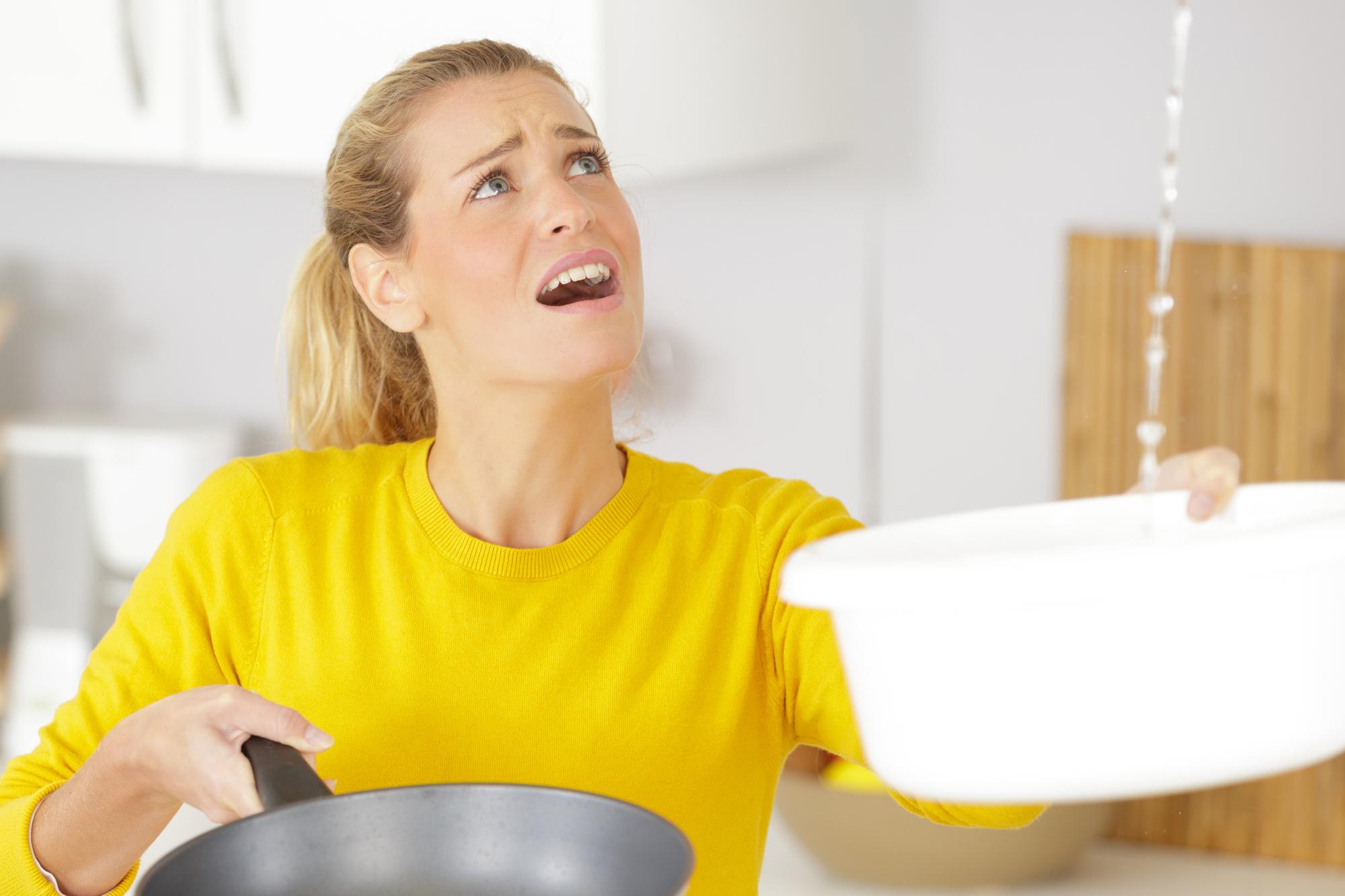Water leaks can be a costly and damaging issue for homeowners. Not only do they waste water, but they can also cause damage to your home’s structure and create a breeding ground for mould and mildew. The silent, creeping nature of water leaks means that they can often go unnoticed until significant damage has been done. Fortunately, detecting a water leak early can help minimise the damage and save you money in the long run.
In this article, we’ll provide you with a comprehensive step-by-step guide on how to detect a water leak in your home. We’ll cover a range of techniques, from the simple and accessible methods you can do yourself to advanced strategies for pinpointing hidden leaks. We’ll also discuss when it’s time to call a professional plumber to assess and repair the issue, ensuring that you have all the information you need to safeguard your home and your wallet from the detrimental effects of water leaks.
By the end of this guide, you’ll be equipped with the knowledge and tools to become a vigilant and proactive homeowner, ready to tackle water leaks head-on.
How to Detect a Water Leak In Your Home
Detecting a water leak in your home is crucial for preventing potential damage and financial losses. There are several ways to identify a water leak, and here are a few proactive steps you can take to ensure the early detection of such issues:
1. Check Your Water Metre:
- Start by turning off all water sources in your home, including faucets, appliances, and irrigation systems.
- Locate your water metre, usually found in a utility area or near the entrance of your home.
- Observe the water metre dial or digital display. If it continues to register water usage even with all water sources off, it’s a strong indication that you have a leak in your plumbing system. This method provides a quick and straightforward way to spot leaks affecting your entire household.
2. Look for Outdoor/Underground Leak Symptoms:
- If you have an outdoor irrigation system or an underground water supply line, pay close attention to your landscape and infrastructure.
- Inspect your yard for the following signs of a leak: wet or soggy spots, pooling water, areas that seem waterlogged, or an unexpected drop in water pressure for your irrigation system.
- Any of these symptoms can suggest a leak in your outdoor plumbing, which, if left unaddressed, could result in not only water wastage but also damage to your landscaping.
3. Look for Interior Leak Symptoms:
Inside your home, vigilance is equally important when detecting potential water leaks.
Check for any of the following signs of an interior leak:
- Wet Spots on Walls or Ceilings: Inspect your walls and ceilings for discoloured or damp patches, as these can indicate water seepage.
- Peeling Paint or Wallpaper: Paint or wallpaper that is bubbling, peeling, or blistering can be a result of moisture behind the surface.
- Mould or Mildew: The growth of mould or mildew is a clear sign of excess moisture and can often be accompanied by a musty odour.
- Musty Smell: A persistent, unpleasant odour in your home can be a sign of hidden water leaks or stagnant water.
- Noticeable Drop in Water Pressure: If you experience a sudden reduction in water pressure in your faucets or shower, it might indicate a leak within your plumbing system.
When It’s Time to Call a Plumber
If you’ve detected a water leak in your home, it’s time to call a plumber. A good plumber can help find and fix water leaks in your home. Here’s how a plumber can detect leaks:
- Pressure testing – A plumber can use pressure testing to determine if there’s a leak in your home’s plumbing system. This involves pressurising the system and monitoring the pressure over time to see if there’s a drop.
- Leak detection equipment – Plumbers have access to specialised equipment, such as thermal imaging cameras and moisture metres, that can help locate leaks in your home.
- Visual inspection – A plumber can visually inspect your home’s plumbing system for signs of leaks, such as wet spots or discoloured pipes.
Remember To Perform Routine Maintenance On Your Plumbing System
In addition to the steps mentioned above, it’s also a good idea to perform routine maintenance on your home’s plumbing system. Regular inspections and maintenance can help prevent leaks from occurring in the first place. Additionally, fixing leaks as soon as they’re detected can prevent further damage to your home and save you money on your water bill. Remember to always work with a licensed and experienced plumber to ensure that your plumbing system is in good working order.
In Conclusion
Detecting a water leak in your home can help prevent costly damage and save you money in the long run. By following the steps outlined in this article, you can detect a water leak in your home and know when it’s time to call a plumber. Remember, a good plumber can help find and fix water leaks in your home, so don’t hesitate to call one if you suspect a leak.

